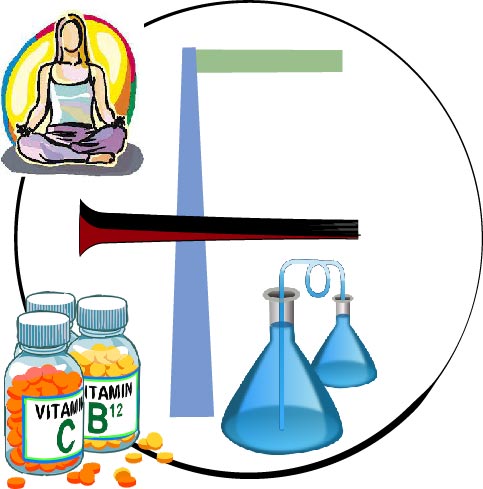Out-of-Trend (OOT) in Pharmaceutical Stability
In the pharmaceutical industry, Out-of-Trend (OOT) results refer to analytical data obtained during stability studies that, while still within the established specification limits, deviate significantly from the expected historical trend or previous results for the same product. These deviations can be an early indicator of potential issues with product quality, manufacturing processes, analytical methods, or packaging.
Key Aspects of OOT in Pharmaceutical Stability:
* Definition: An OOT result is a stability data point that doesn’t follow the anticipated pattern when compared to other stability batches or historical data collected during the study. It’s a time-dependent result that falls outside a prediction interval or fails a statistical process control criterion.
* Significance: Identifying OOT results is crucial as they can signal potential degradation, changes in product quality attributes (like potency, dissolution, or impurities), or inconsistencies that might eventually lead to out-of-specification (OOS) results. Addressing OOT results promptly helps maintain product quality and prevent future problems.
* Detection Methods: Several statistical methods are employed to detect OOT results in stability data, including:
* Regression Control Chart Method: This involves plotting stability data over time and establishing control limits based on historical data. Points falling outside these limits are considered OOT.
* By-Time-Point Method: This method compares the current time point data with historical data at the same time point using statistical intervals like confidence intervals or prediction intervals.
* Slope Control Chart Method: This method analyzes the rate of change (slope) of a quality attribute over time for different batches. Deviations in the slope of a current batch compared to historical batches can indicate an OOT.
* Investigation Process: When an OOT result is detected, a structured investigation is initiated, similar to the process for OOS results. This typically involves:
* Initial Assessment: Reviewing the data, analytical methods, and any potential laboratory errors.
* Laboratory Investigation: Re-analyzing the sample or reserve samples, checking instrument calibration, analyst technique, and data calculations.
* Manufacturing Investigation (if necessary): If the laboratory investigation doesn’t identify a cause, the investigation might extend to the manufacturing process, raw materials, equipment, and environmental factors.
* Root Cause Analysis: Identifying the fundamental reason for the OOT result.
* Corrective and Preventative Actions (CAPA): Implementing measures to address the root cause and prevent recurrence.
* Regulatory Expectations: Regulatory authorities like the FDA and EMA expect pharmaceutical companies to have robust procedures for identifying, investigating, and handling OOT results in stability studies. These procedures should be documented in Standard Operating Procedures (SOPs).
* Examples of OOT Situations:
* In a stability study of tablets, the dissolution rate of the active ingredient starts decreasing more rapidly than expected compared to previous batches.
* The level of a degradation product in a liquid formulation increases significantly at a certain time point, deviating from the historical trend of slow increase.
* The assay result of a batch at a specific storage condition shows a sudden drop that is still within the specification but lower than the trend observed in earlier batches.
* Physical attributes like color or appearance change unexpectedly faster than seen in previous stability studies.
Importance of Trending Stability Data:
Continuously trending stability data is essential for the early detection of OOT results. Visual inspection of data plots and the application of statistical tools help identify deviations that might not be apparent from just looking at whether the results are within specification limits.
By effectively managing OOT results, pharmaceutical companies can ensure the quality, safety, and efficacy of their products throughout their shelf life.
